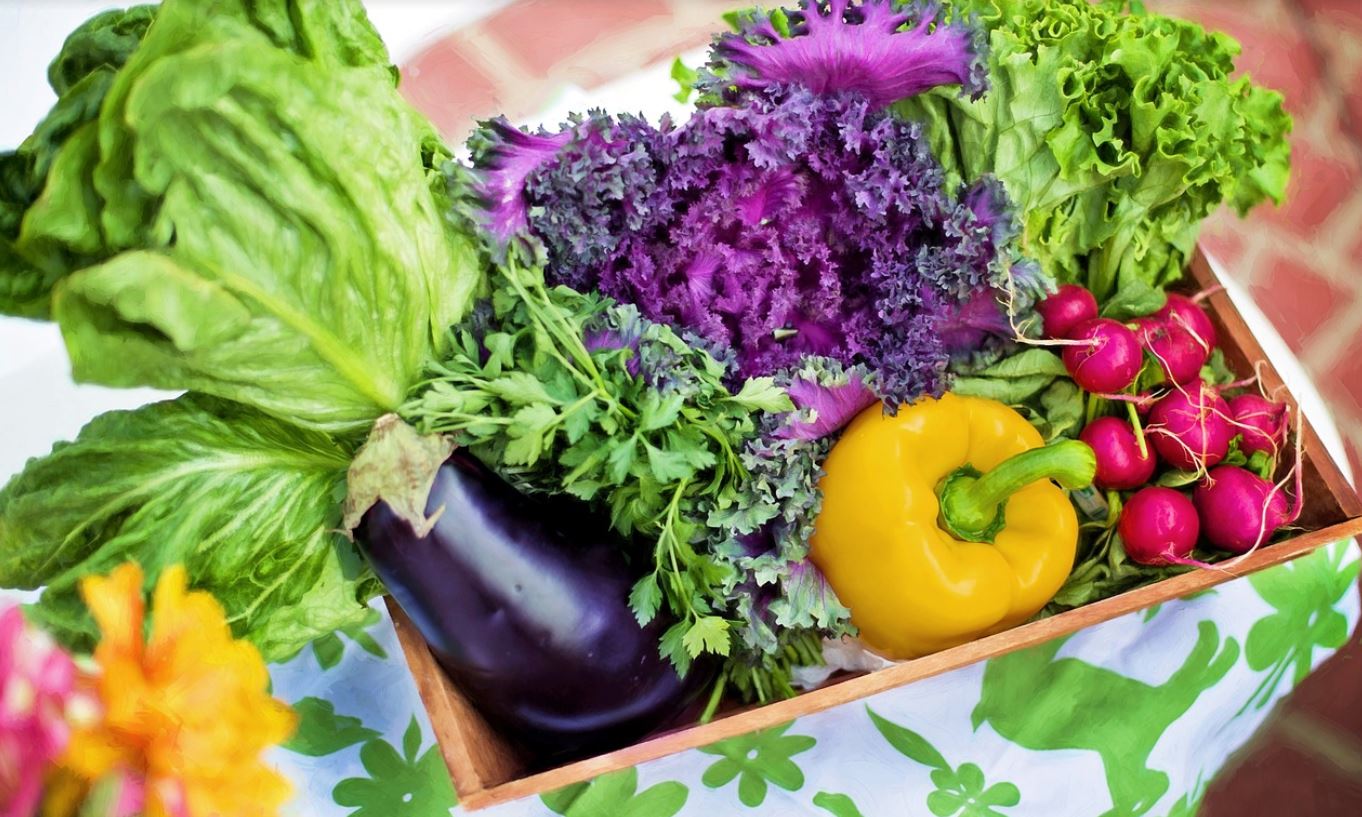Vegetable Gardening Tips during a California Drought

Planting vegetables in your garden during the drought seasons can be very risky.
However, there are varieties of sustainable gardening practices that require less water and can be done in order to help ensure the cultivation of nutrient-rich foods. If you need help with planting, check out our planting services and give us a quick call.
Below are the following effective methods that can be used during the California drought season:
Know the Right Time to Plant
Cultivating your vegetables in the earlier months of March/May and later in the months of September/October is considered the best time for planting during the California drought. Planting in the spring season which is from March to May can help reduce the exposure to high-mid summer temperatures.
Try Mulching Your Garden
Use decayed materials like dried leaves, shredded bark, straw and compost to spread around or over your vegetables in order to enrich or insulate the soil. Regular application of mulches can help to keep down annual weeds and reduce water evaporation in the soil.
Plant in Raised Garden Beds
Rather than planting your vegetables in open spaces, try creating a good number of garden beds and plant your vegetables in it. A raised garden bed helps to preserve water better than gardens planted in open soil.
Companion Planting
Plant varieties of vegetables in proximity by grouping them together for mutual benefits. Close planting of different vegetables will not only enhance each vegetable’s growth, but it will also make these crops to protect themselves from pests. A typical example is the Native American “Three Sisters” in agriculture. This technique is used in planting beans, corn, and squash together.
Know When to Water Your Plants
Knowing when to water your vegetables is very necessary. The best time to water your garden is during late evening hours and early morning hours. Technically, that is between 9 p.m and 6 p.m. The cooler morning temperature and limited breeze help to reduce water evaporation rates in the garden.
Use a Drip Irrigation System
A drip irrigation system helps to provide water to the roots of your garden by using drippers, tubes, and other watering devices. It keeps your soil moist, but not too soaked, using less water than other irrigation systems. Our irrigation and sprinkler services can help you figure out the best kind of irrigation system to use.
Remove Weeds
Allowing weeds to grow in the garden can harm your fresh vegetables in many ways. Firstly, weeds consume a large amount of water and hence they tend to compete with garden crops for more water. They also grow faster than the crops and take much soil nutrient.
Plant Drought-Tolerant Vegetables
Buy varieties of fruits and vegetables that grow well in hot and dry weathers. For example, cucumbers, squash, and zucchini all have similar water needs. You can also focus on water-saving vegetables like tomatoes, peppers, eggplants, and cabbages.
For certain fruits and vegetables, there are critical times in their lifecycle that they need to be watered properly and regularly. Once they are full grown, watering times and amounts can be reduced until they start producing fruits.
Determine the Number of Fruits and Vegetables to be Planted
Decide on the number of vegetables or fruits you would plant during this period and also, make sure it would be enough to feed your family. If you had wasted garden crops last year because of overproduction, then you can decrease the amount to plant this year.
For the best landscaping services, contact Landscaping San Mateo today!